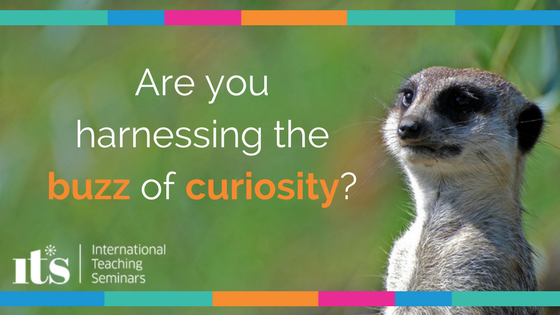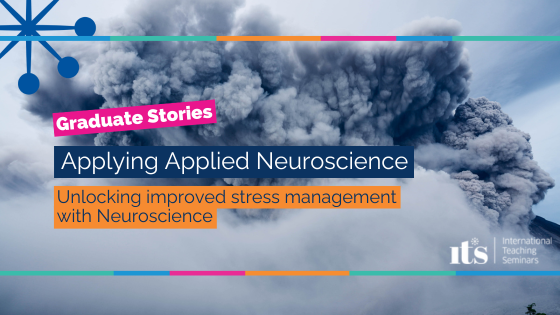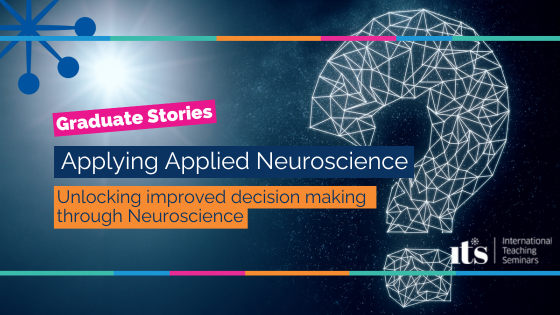Curiosity killed the cat – so does that mean we shouldn’t be too curious? Is curiosity dangerous? We want to focus on curiosity this time because it’s so important. So what value is there in curiosity? What drives us to be curious? And what is going on in our brains when we are curious?
Curious to know the answers?
One theory suggests that we become curious when we are alerted to a gap in our knowledge (Kang et al., 2009). The more surprised we are that the gap exists, and the larger we realise the gap is, the more curious we become. So long as we believe we are competent to learn, this can drive us to fill the knowledge gap, and, as we fill the gap, our curiosity diminishes again.
While you are likely to recognise this as a good description of how you feel when you start to find out about a new topic, it doesn’t really address why you – or anyone else – feels curious in the first place, what the benefit of curiosity might be, or what drives people to find and fill the knowledge gap.
This gap in our knowledge about why we seek new knowledge, however, has recently been addressed. Research has measured what happens in the brain when we are curious.
Participants were asked trivia questions like:
“What instrument was invented to sound like a human singing?”
Before they were given the answers, they were asked to assess on a scale of 1 (not curious) to 7 (very curious) how much they wanted to know the answers. The experimenters were then able to compare which parts of the brain were active when participants were very curious compared to when they were not.
What they found was that it was the reward centres of the brain that were active when participants were curious. Thus, we anticipate the pleasure we will get by finding out the answer that will fill our knowledge gap.
Our level of curiosity influences our memory
In a further study, it was shown that the more curious participants were about a particular answer, the more they would pay (either in time or in money) to find it out. And – the more they wanted to know the answer, the more likely they were to remember it later too!
Think about how curious we become when reading a detective story or watching a murder mystery. We really want to fill that knowledge gap and anticipate the pleasure we will feel when we know the answer (even if we have guessed right from the beginning).
By learning as if life was a murder mystery where a gap is created, but the answers are provided slowly, we can maximise the pleasure we get from our curiosity. By provoking curiosity and activating the reward centres in our brains, we gain greater pleasure out of learning.
If you’re a parent, team leader, coach – or otherwise functioning human being – you might want to get curious about how you could harness this incredibly useful human trait.
Neuroeffective Implications
If you want to be more effective by putting neuroscience to work for you, consider:
How can you build the reward we get from curiosity into your life and your work for you and your team?
One way to do this is to find where there is a knowledge gap that matters to you or others.
Explore this gap to find out how wide it is by asking questions, then begin to seek the answers.
By sharing the answers, you can also increase the sense of being in it together and working as a team.
For practical next steps contact the Neuroeffective Team.
To learn more about how you can apply neuroscience research personally and professionally check out our Applied Neuroscience Programme.
Authors: Ian McDermott and Patricia Riddell, Professor of Applied Neuroscience
This blog is based on the following research:
Kang, M. Hsu, M., Karjbich, I., Loewenstein, G., McClure, S., Want, J. & Camerer, C. (2009)
The wick in the candle of learning: epistemic curiosity activates reward circuitry and enhances memory. Psychological Science, 20, 963-973.




